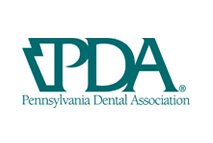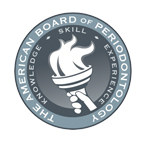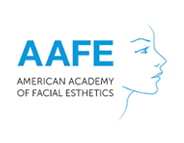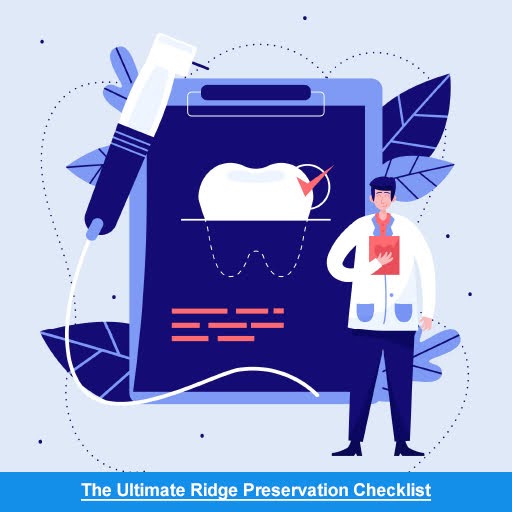
Introduction
Ridge preservation is an important step to keep your jawbone healthy after a tooth is removed. If you plan to get dental implants or are worried about losing bone, understanding ridge preservation can make a big difference for your dental health and future treatments. This guide provides a simple checklist to help you keep your jawbone in great shape for any upcoming dental work.
Summary
1. Understanding Ridge Preservation
2. The Ridge Preservation Checklist
1. Understanding Ridge Preservation
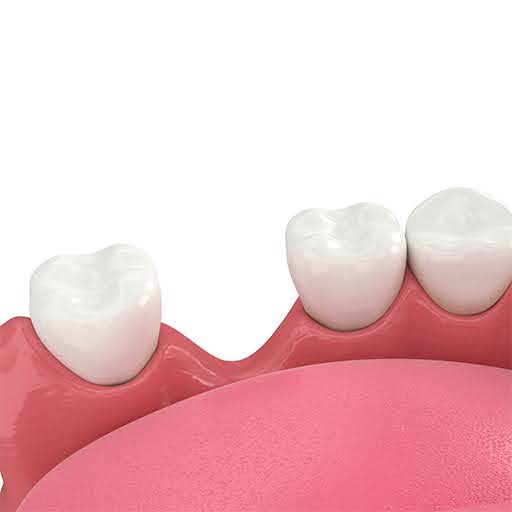
Ridge preservation is a method used to keep the bone in your jaw after a tooth is removed. The main goal is to stop the bone from shrinking, which can change the shape and strength of your jawbone. This is important because the bone that once held the tooth can start to break down, which might make future dental work harder.
After a tooth is taken out, the bone around it can become weaker and smaller. This can make it difficult to place dental implants or other treatments later. Ridge preservation helps keep the bone’s shape and strength, making it easier to place implants or other dental work in the future.
The benefits of ridge preservation are clear. It helps keep the natural shape of your jawbone, which is important for placing implants. It also reduces the need for more complex procedures later, which can save time and lower costs.
2. The Ridge Preservation Checklist
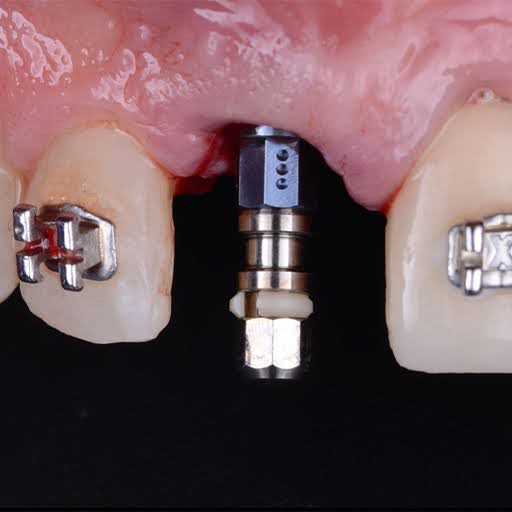
To make sure ridge preservation is successful, follow this checklist. Each step is important for keeping your jawbone healthy and in good shape:
Before Extraction:
- Assessment: Your dentist will check the condition of the tooth, the surrounding bone, and your overall oral health.
Medical History Review:
- Your dentist will look at your medical history to see if any conditions or medications might affect the extraction or preservation. Be sure to share all relevant details, including chronic conditions and current medications.
Imaging:
- X-rays or 3D scans will be used to look at the bone density and structure around the tooth. These images help your dentist plan the extraction and preservation to keep the bone structure intact.
Techniques for Ridge Preservation:
- Bone Grafting: This involves placing graft material into the extraction site to help new bone grow. The graft can be made from your own bone, donor bone, or synthetic materials. This fills the gap left by the extraction and encourages bone growth.
- Socket Preservation: This technique uses materials like collagen or synthetic bone to fill the socket left after extraction. These materials help stabilize the bone and support healing. It’s often used if immediate bone grafting isn’t needed.
Aftercare:
- Follow Instructions: Your dentist will give you specific care instructions to help healing and prevent complications. This might include avoiding certain foods, keeping up with oral hygiene, and taking prescribed medications.
- Monitor Healing: Watch for any signs of infection or problems, like swelling, persistent pain, or unusual discharge. Regular follow-up appointments will help your dentist check on your healing and fix any issues.
3. Long-Term Maintenance

After ridge preservation, it’s important to keep your jawbone healthy for long-term success:
- Regular Check-Ups:
- Schedule regular dental visits to check the health of the preserved ridge and your overall oral health. These visits help catch any potential problems early and make sure the bone structure stays intact.
- Healthy Lifestyle:
- Eat a balanced diet and make healthy choices to support bone health. Avoid smoking, as it can harm bone healing and oral health. Include foods high in calcium and vitamin D in your diet to help keep your bones strong.
4. Addressing Complications

Even with careful attention, problems can sometimes happen during or after ridge preservation. Here’s how to handle potential issues:
- Infection:
- Watch for signs of infection such as swelling, increased pain, or pus at the extraction site. If you experience any of these symptoms, reach out to your dentist right away. Addressing infections early can prevent them from getting worse and affecting the preservation process.
- Bone Loss:
- If you experience significant bone loss despite the preservation efforts, additional treatments may be needed. Your dentist might suggest more bone grafting or other procedures to fix the problem and ensure you have enough bone for future dental work.
5. Future Dental Options

After successful ridge preservation, you have several options to restore your smile and dental function:
- Dental Implants:
- Dental implants are widely chosen for replacing missing teeth. They involve inserting a titanium post into the jawbone, which acts as a base for a replacement tooth. Implants offer a strong and long-lasting solution for both your smile and dental function.
- Dentures:
- If implants aren’t an option, dentures might be suitable. Modern dentures are made to look natural and fit comfortably, offering a good solution for replacing several missing teeth.
Talk to your dentist to find the best option for you. They can guide you based on your oral health and personal preferences.
FAQs
Q.1. What is ridge preservation?
A.1. Ridge preservation is a dental procedure aimed at maintaining the bone structure of your jaw after a tooth extraction to prevent bone loss.
Q.2. Why is ridge preservation important?
A.2. It helps ensure there is enough bone for future dental implants and maintains overall oral health.
Q.3. What are the common methods used in ridge preservation?
A.3. Common methods include bone grafting and socket preservation, which support new bone growth and healing.
Q.4. How should I care for my mouth after ridge preservation?
A.4. Follow your dentist’s post-operative care instructions, maintain good oral hygiene, and attend follow-up appointments.
Q.5. What if I experience complications after the procedure?
A.5. Contact your dentist if you notice signs of infection or significant bone loss to discuss additional treatments.
Conclusion
Scaling and root planing are more than just routine dental procedures; they are vital investments in your overall oral health. By addressing gum disease and preventing its progression, these treatments provide numerous benefits, from improved gum health and reduced tooth loss to fresher breath and long-term cost savings.
With the removal of harmful bacteria and tartar, you can enjoy a more comfortable, healthier mouth and maintain your natural teeth for years to come. Regular scaling and root planing can help ensure that your dental hygiene remains in top shape, leading to a brighter, more confident smile.
Remember, taking care of your oral health is a lifelong journey. By incorporating scaling and root planing into your dental care routine, you’re taking a proactive step towards preserving your teeth and gums. Consult with your dentist to determine the best plan for your needs and enjoy the benefits of a healthier, more vibrant smile.
For personalized help or to schedule a consultation, contact our team at (267) 908-4867 or visit our website at https://premierperiodonticspa.com/. Your smile is our top priority. We’re here to provide the guidance and support you need for a comfortable dental experience. Trust us to care for your oral health and help you achieve a bright and healthy smile.




